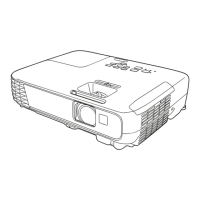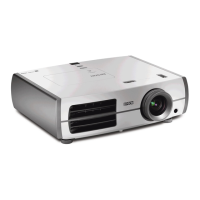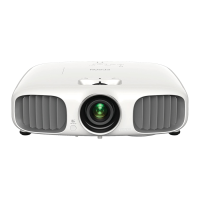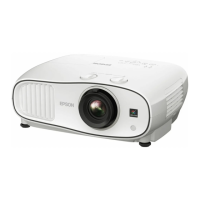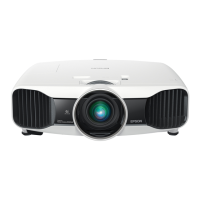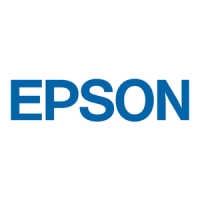
Do you have a question about the Epson PowerLite Home Cinema 725HD and is the answer not in the manual?
| Matrix type | 3-panel (p-Si TFT active) |
|---|---|
| Number of colors | 1.073 billion colors |
| Native aspect ratio | 16:10 |
| Projection distance | - m |
| Projection technology | 3LCD |
| Supported aspect ratios | 4:3, 16:9, 16:10 |
| Contrast ratio (typical) | 12000:1 |
| Screen size compatibility | 33 - 318 \ |
| Projector native resolution | WXGA (1280x800) |
| Keystone correction, horizontal | 30 ° |
| Focus | Manual |
| Throw ratio | 1.3 - 1.56:1 |
| Focal length range | 16.9 - 20.28 mm |
| Aperture range (F-F) | 1.58 - 1.72 |
| Lamp type | UHE |
| Lamp power | 200 W |
| Lamps quantity | 1 lamp(s) |
| Light source type | Lamp |
| Service life of light source | 5000 h |
| Service life of light source (economic mode) | 6000 h |
| Full HD | No |
| Video color modes | Cinema, Dynamic, Game, Living room |
| Supported video modes | 1080i, 1080p, 480i, 480p, 576i, 576p, 720p |
| Analog signal format system | - |
| PC in (D-Sub) | Yes |
| USB connector type | USB Type-A, USB Type-B |
| USB 2.0 ports quantity | 2 |
| Noise level | 37 dB |
| Preset modes | Cinema, Dynamic, Game |
| Noise level (economic mode) | 29 dB |
| RMS rated power | 2 W |
| Placement | Desktop, Ceiling |
| Product type | Standard throw projector |
| Product color | White |
| Market positioning | Home cinema |
| Cable lock slot type | Kensington |
| Power source | AC |
| AC input voltage | 100 - 240 V |
| AC input frequency | 50 - 60 Hz |
| Power consumption (standby) | 2.9 W |
| Power consumption (typical) | 283 W |
| Power consumption (PowerSave) | 207 W |
| Operating temperature (T-T) | 5 - 35 °C |
| Remote control type | IR |
| Depth | 234 mm |
|---|---|
| Width | 297 mm |
| Height | 790 mm |
| Weight | 2399 g |
Explains how to connect various video and audio sources to the projector.
Details the procedures for connecting different types of video input devices.
Guides users on connecting computers via USB, VGA, and HDMI for display.
Step-by-step instructions to power on the projector and start projection.
Procedures for safely powering down the projector.
Explains security options to prevent unauthorized access or use.
Details the different types of password protection available for the projector.
Step-by-step guide to setting a password for projector security.
How the projector prompts for and verifies the password upon startup.
General advice and initial steps for resolving projector operational issues.
Explanation of the status lights and their meaning for diagnosing problems.
Solutions for issues related to projected images and audio output.
Steps to troubleshoot and resolve the issue of no image being projected.
Troubleshooting specific image display problems when using USB connection.
Steps to resolve the "No Signal" error message.
How to fix issues when the projector displays a "Not Supported" message.
Troubleshooting steps for when only a portion of the image is displayed.
Solutions for correcting geometric distortions in the projected image.
Steps to resolve issues with image interference like noise or static.
How to fix projected images that appear fuzzy or blurry.
Troubleshooting steps for incorrect image brightness or color reproduction.
Troubleshooting for issues with the projector's operation or remote control.
How to resolve issues with the projector not turning on or shutting off unexpectedly.
Troubleshooting steps when the remote control is unresponsive.
Troubleshooting guide for connectivity and communication issues over a network.
Crucial warnings and precautions for safe operation and handling of the projector.
Detailed safety guidelines for setting up and using the projector.



